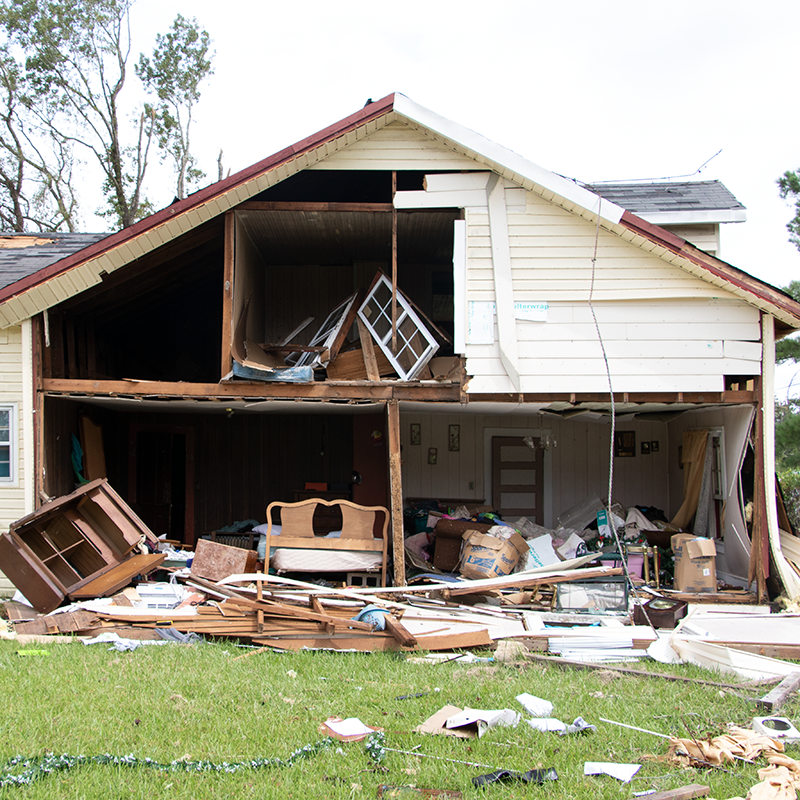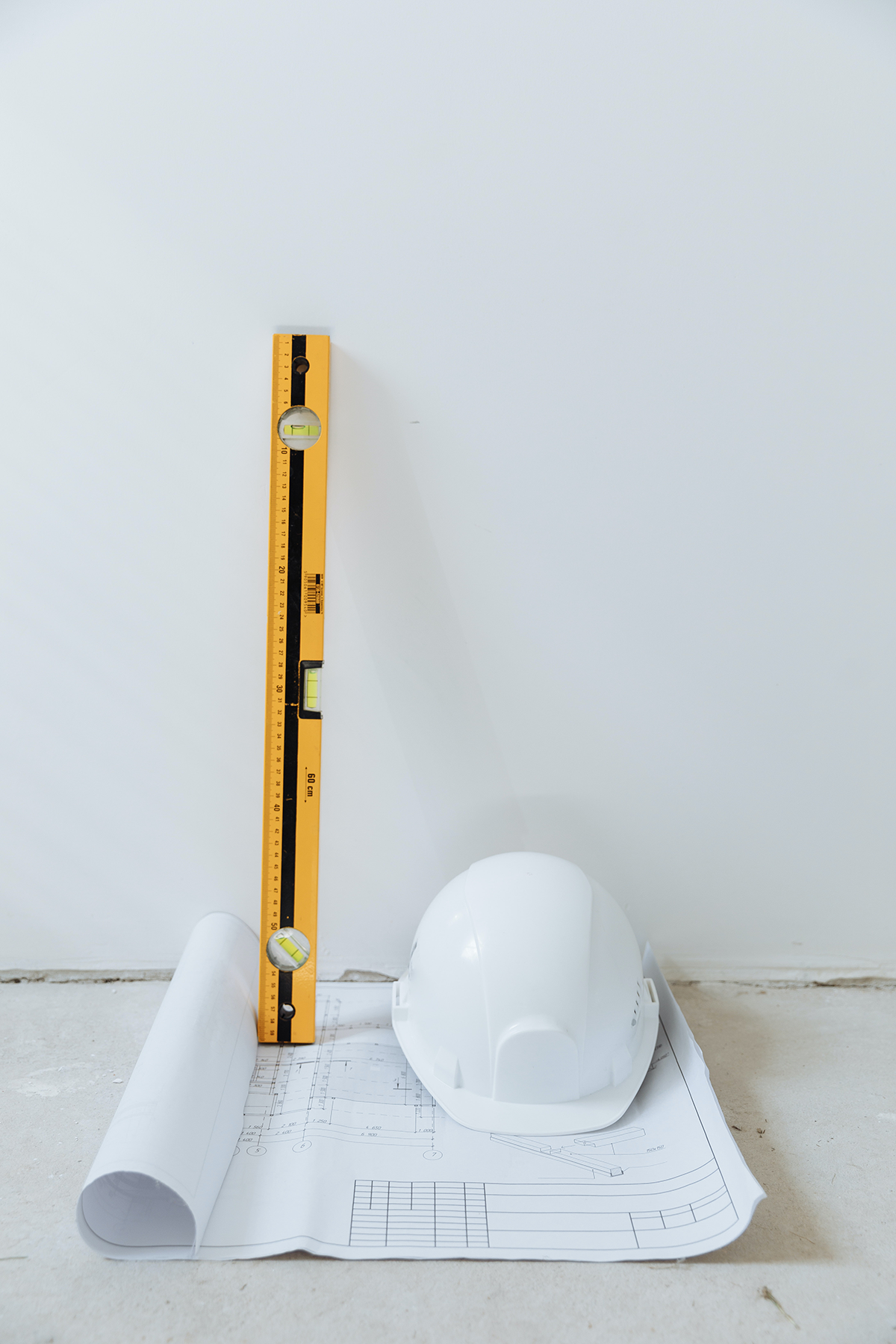Resources

Documenting Damage
Photographing damage following a disaster can be helpful when filing claims for assistance.
Dealing with Mold & Mildew
Standing water and wet materials are breeding grounds for microorganisms, such as viruses, bacteria, and mold. View tips on mold removal following a disaster to prevent further damage to your home.


Registering for Assistance
Information on registering disaster damage with federal, state, and helping agencies.
Avoiding Scams & Dealing with Contractors
Following a disaster, it is not unusual for unscrupulous actors to pose as contractors with a desire to help. While there are many reputable contractors, it is important to take steps to avoid being scammed. This happens after nearly every disaster when a large amount of work is available. Here are a few steps you can take to help minimize the risk of being scammed:
- Ask to see the contractor’s license and insurance information, especially if the contractor is not a local person with an established reputation in your area.
- Do not disclose the amount of your FEMA or insurance award to the contractor while negotiating a price.
- Do not pay the contractor upfront. There have been multiple reports of contractors taking money and never returning to complete the repairs.
- Make sure you get a receipt for any payments made to the contractor. Keep the receipt in your disaster documents folder.
- While it may be difficult after a disaster, it is always a good idea to get more than one estimate from reliable contractors.
- Monitor the project once underway. Ask questions and make sure you understand what the workers are doing. You want to avoid workers taking shortcuts that will cause problems down the road.

